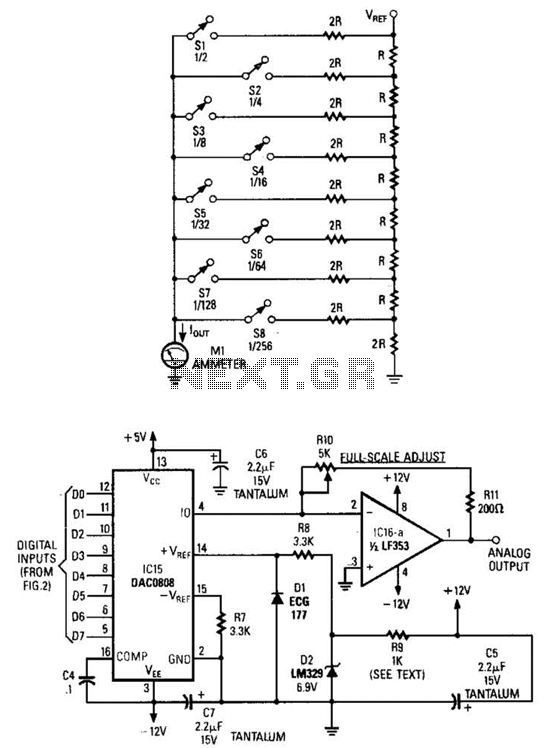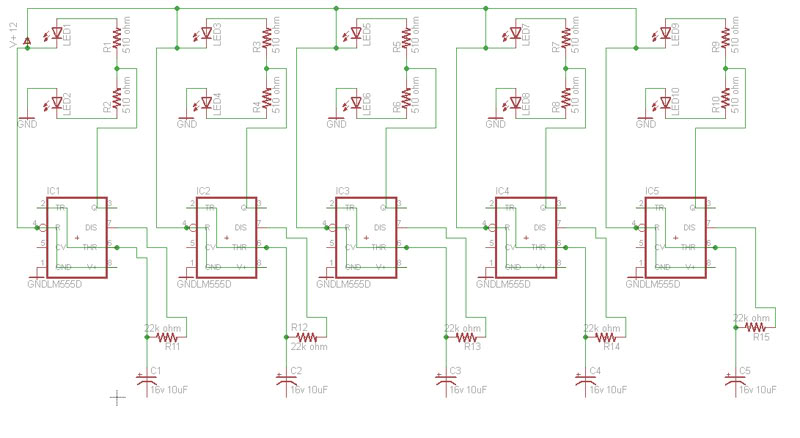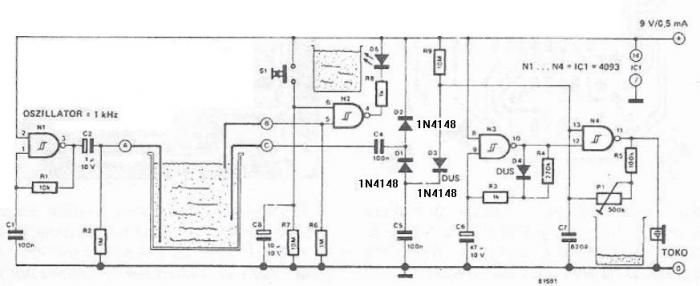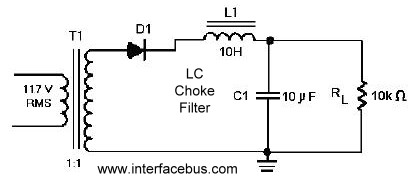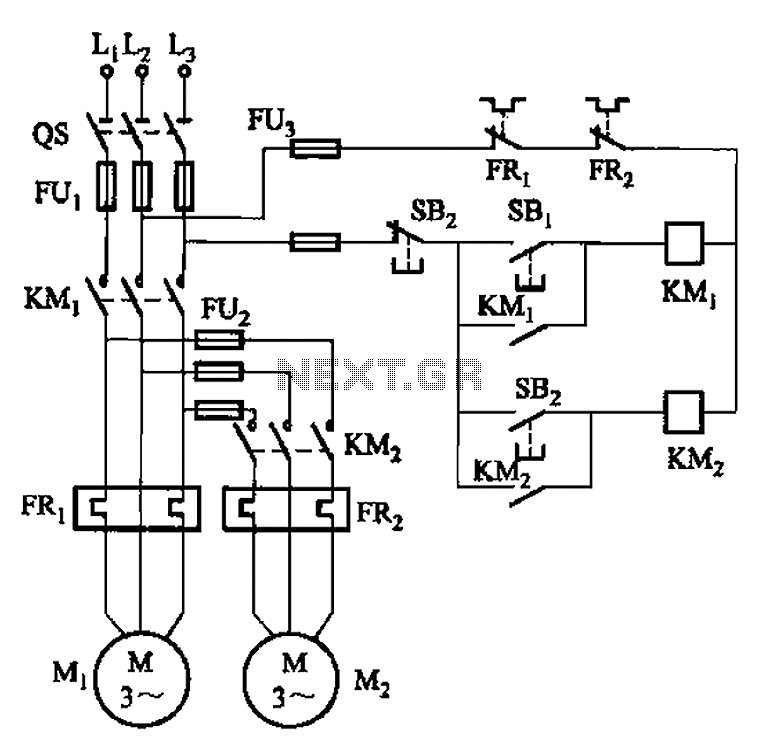
Audio Fading Circuit Using the MAX5456/MAX5457
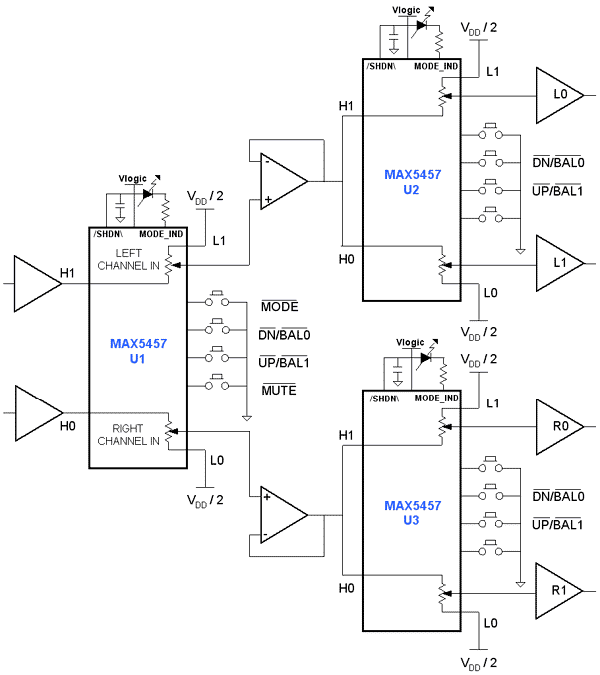
Application circuit using three stereo digital potentiometers to control volume, balance, and fader in a four-speaker configuration with a push-button interface.
The application circuit utilizes three stereo digital potentiometers, which are essential components for managing audio levels in a multi-speaker setup. The configuration allows for precise control over volume, balance, and fader settings, making it suitable for complex audio systems.
The circuit is designed to handle four speakers, allowing for an immersive sound experience. Each digital potentiometer is responsible for adjusting specific audio parameters: one for volume control, another for balance between left and right speakers, and the third for adjusting the fader, which can control the relative levels of the front and rear speakers.
The push-button interface provides a user-friendly method for interacting with the circuit. Each button can be assigned to specific functions such as increasing or decreasing volume, adjusting balance, or fading between speakers. The use of digital potentiometers allows for smoother transitions and finer adjustments compared to traditional analog potentiometers.
In terms of implementation, the circuit may include a microcontroller that interfaces with the digital potentiometers. This microcontroller can be programmed to interpret button presses and translate them into appropriate commands for adjusting the potentiometer settings. Additionally, feedback mechanisms such as LED indicators can be incorporated to provide visual confirmation of the current settings.
Overall, this application circuit represents a sophisticated solution for audio control in multi-speaker systems, combining the benefits of digital technology with an intuitive user interface.Application circuit using 3 stereo digital pots to control volume, balance and fader in 4 speaker configuration and push button interface.. 🔗 External reference
The application circuit utilizes three stereo digital potentiometers, which are essential components for managing audio levels in a multi-speaker setup. The configuration allows for precise control over volume, balance, and fader settings, making it suitable for complex audio systems.
The circuit is designed to handle four speakers, allowing for an immersive sound experience. Each digital potentiometer is responsible for adjusting specific audio parameters: one for volume control, another for balance between left and right speakers, and the third for adjusting the fader, which can control the relative levels of the front and rear speakers.
The push-button interface provides a user-friendly method for interacting with the circuit. Each button can be assigned to specific functions such as increasing or decreasing volume, adjusting balance, or fading between speakers. The use of digital potentiometers allows for smoother transitions and finer adjustments compared to traditional analog potentiometers.
In terms of implementation, the circuit may include a microcontroller that interfaces with the digital potentiometers. This microcontroller can be programmed to interpret button presses and translate them into appropriate commands for adjusting the potentiometer settings. Additionally, feedback mechanisms such as LED indicators can be incorporated to provide visual confirmation of the current settings.
Overall, this application circuit represents a sophisticated solution for audio control in multi-speaker systems, combining the benefits of digital technology with an intuitive user interface.Application circuit using 3 stereo digital pots to control volume, balance and fader in 4 speaker configuration and push button interface.. 🔗 External reference
